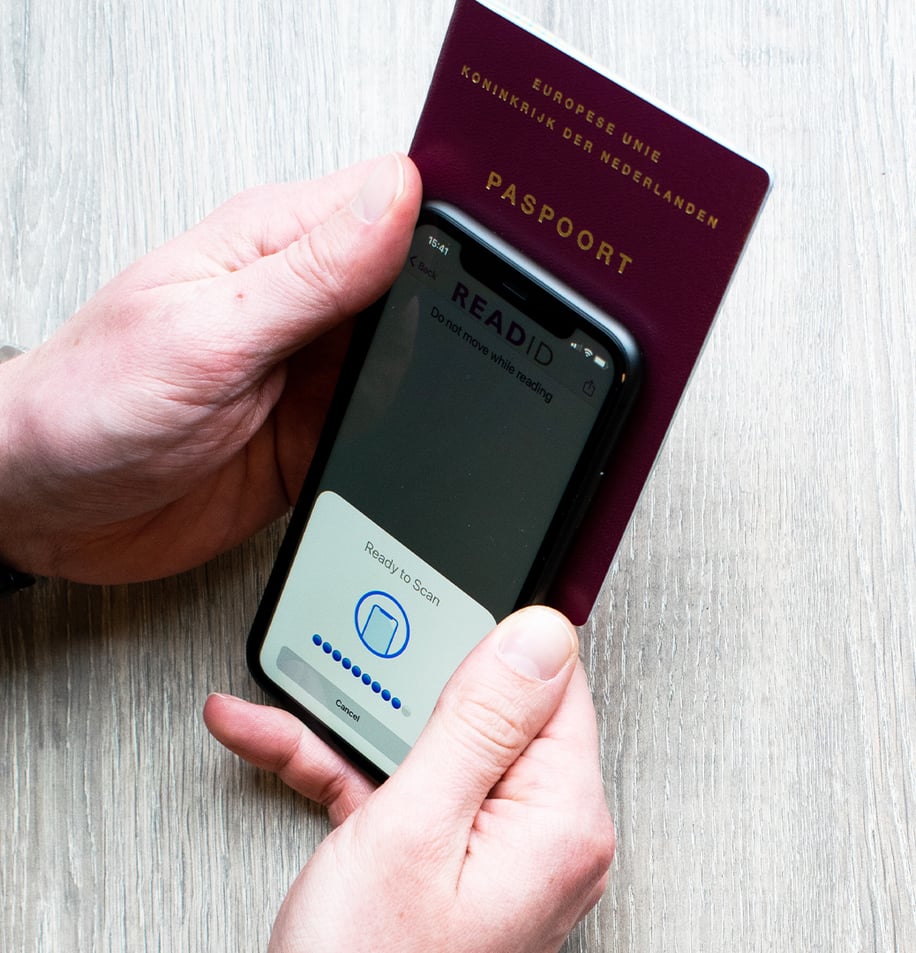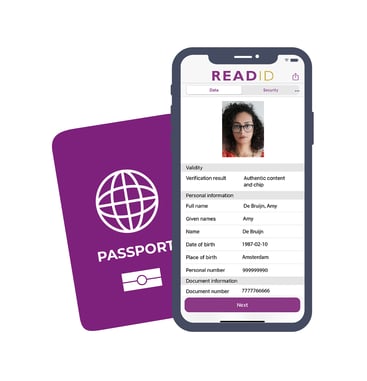It was a wise person, or perhaps one who had been driven from sanity by frustration, who said ‘the most wonderful thing about standards is, there are so many to choose from’. This statement is true in the highly regulated space that is international travel, as its very nature cuts across multi-modal industries and government('s) security and border regulations. Taking aviation as an example, every aspect of the industry from the airspace and airwaves down to an individual connector on a single wire in a single aircraft is covered by standards and regulations, both international and domestic.
Creating a seamless digital travel experience
The same is occurring in the emerging digital travel arena. Pre-pandemic, considerable industry resources were put into digital trials, including biometrics, driven by the need for automation of passenger processing. Trials are once again emerging as the industry recovers post-pandemic. There are of course some widespread deployments of identity-based automated processing, such as Immigration e-Gates, the U.S. Department of Homeland Security (DHS), and the U.S. Customs and Border Protection (CBP) Traveller Verification Service (TVS)
Standardisation for Security
The role of standards has always been critical for international travel, and especially in the aviation industry where safety and security remain the highest priority for all parties involved. As such the International Civil Aviation Organisation (ICAO) has developed principal interoperability standards for a Digital Travel Credential (DTC) via the Traveller Identification Programme (TRIP) and its subgroups. DTC are described as being of 3 types:
- Electronic Machine Readable Travel Document (eMRTD) bound DTC
- eMRTD-PC bound DTC
- PC Bound DTC
In this context PC is a Physical Component - that could be the Passport booklet itself or it could be a National Identity Card operating to ICAO Doc 9303 standards, or it could be a smartphone or other device. An important consideration in understanding ICAO’s DTC is that it defines a Virtual Component (VC) as being the data, best understood as the data contained in the NFC chip in the passport. The VC is the data itself, including cryptographic keys, that forms the basis of any DTC in all three types.
More recently the International Air Transport Association (IATA) has released its Recommended Practice on Digitalization of Admissibility under its OneID initiative, stating that it will be interoperable with ICAO’s DTC. How that interoperability will be implemented in practice is yet to be seen and will no doubt be trialled in 2023.
Development into Digital Wallets
In addition to the above, standards for Wallets are now emerging, including the proposed European Identity Wallet within eIDAS 2.0 which will also influence the solutions that will implement the standards and underpin the traveller experience.
Will NFC Passports be essential for DTC?
What Type 1 and Type 2 DTC have in common is the need for the eMRTD root credential to create a safe and secure digital credential that can be used downstream. Far from being redundant, this means the safe and secure enrolment onto a DTC, based on NFC chip reading of travel documents, will be a fundamental process for considerable years, perhaps decades to come, until Type 3 DTCs (a digital credential for travel, created by the issuing state, in lieu of a physical passport or identity document) are mainstream.
The importance of NFC travel documents in action | read here our Eurostar case study










